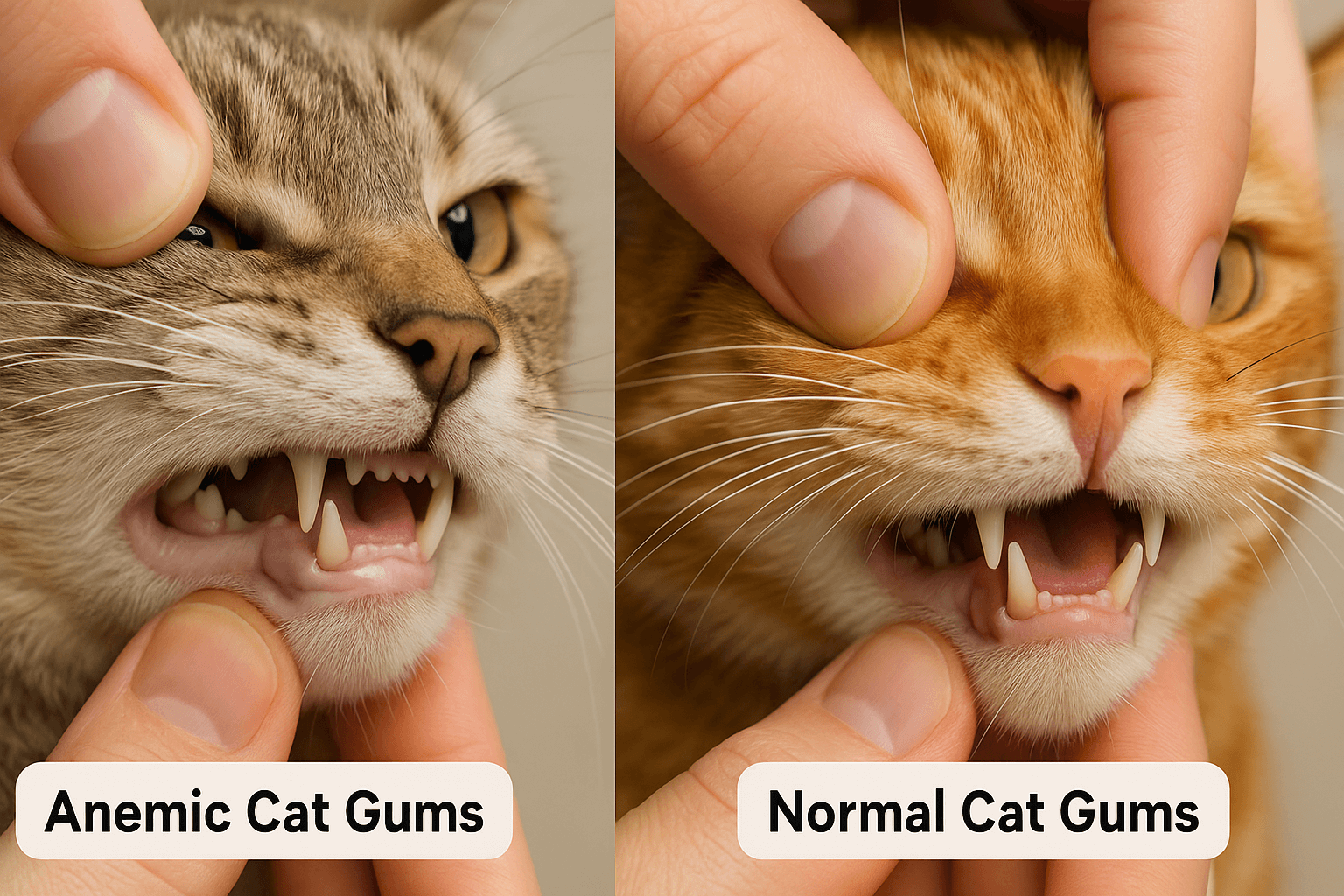How Much Furosemide Can I Give My Dog? A Guide to Safe Usage
Furosemide is a commonly prescribed medication for dogs, often used to treat conditions like heart failure, kidney disease, or fluid retention (edema). As a pet owner, it’s natural to wonder about the correct dosage and how to ensure your dog’s safety while administering this drug. However, determining how much furosemide to give your dog isn’t a decision you should make alone. The dosage depends on various factors, including your dog’s weight, health condition, and the severity of their symptoms. In this blog post, we’ll explore everything you need to know about furosemide for dogs, from dosage guidelines to potential side effects. Always consult your veterinarian before giving your dog any medication to ensure their well-being and safety.
Factors That Influence Furosemide Dosage for Dogs
The appropriate dosage of furosemide for your dog isn’t a one-size-fits-all solution. Several factors play a role in determining the correct amount. Understanding these variables will help you work more effectively with your veterinarian to manage your dog’s treatment plan. Here are the key considerations:
Your dog’s weight and body size
The underlying medical condition being treated
The severity of symptoms like swelling or breathing difficulties
Your dog’s age and overall health status
Any other medications your dog is currently taking
Each dog is unique, and these factors ensure that the dosage is tailored to their specific needs. Always rely on professional guidance to avoid underdosing or overdosing, which could harm your pet.
Common Uses of Furosemide in Dogs
Furosemide is a diuretic that helps reduce fluid buildup in the body, making it a valuable tool in managing certain health conditions. It’s essential to understand why your veterinarian might prescribe this medication and how it benefits your dog. Below are the most common uses of furosemide in veterinary care:
Treating congestive heart failure by reducing fluid around the lungs
Managing edema caused by kidney or liver disease
Addressing high blood pressure in dogs
Alleviating symptoms of pulmonary edema
Supporting recovery from trauma or surgery involving fluid retention
While furosemide is highly effective, it’s crucial to monitor your dog closely during treatment. Regular check-ups with your vet will ensure the medication continues to work as intended without causing adverse effects.
Check this guide 👉Understanding Ivermectin Dog Dosage: Best 7 Health Tips!
Check this guide 👉The Right Dosage of Diazepam for Dogs: Best 7 Tips!
Check this guide 👉Understanding Melatonin Dosage for Dogs: Best 7 Expert Tips!

Benefits of Furosemide for Dogs | Potential Side Effects to Watch For |
|---|---|
Reduces fluid buildup in the lungs | Increased thirst and urination |
Helps manage heart conditions | Electrolyte imbalances |
Improves breathing in affected dogs | Dehydration if dosed improperly |
Supports kidney function | Weakness or lethargy |
Non-invasive treatment option | Loss of appetite |
Signs Your Dog May Need Furosemide
If your dog is experiencing certain symptoms, your veterinarian might recommend furosemide as part of their treatment plan. Recognizing these signs early can lead to faster intervention and better outcomes. Here are some indicators that furosemide may be necessary:
Persistent coughing or difficulty breathing
Swelling in the abdomen or limbs
Lethargy or reluctance to engage in physical activity
Noticeable weight gain due to fluid retention
Frequent panting even when resting
These symptoms should never be ignored, as they could indicate serious underlying health issues. If you notice any of these signs, schedule an appointment with your vet immediately for proper diagnosis and treatment.
Tips for Administering Furosemide Safely
Administering furosemide to your dog requires careful attention to detail to ensure their safety and comfort. Following best practices will help you manage the process smoothly and minimize stress for both you and your pet. Here are some tips to keep in mind:
Always give the exact dose prescribed by your veterinarian
Administer the medication with food to reduce stomach upset
Monitor your dog’s water intake and urinary habits closely
Keep track of any changes in behavior or energy levels
Schedule regular follow-up visits to adjust the dosage if needed
By staying organized and attentive, you can help your dog get the most benefit from furosemide while minimizing potential risks. Open communication with your vet is key to success.
Monitoring Your Dog’s Response to Furosemide
Once your dog begins taking furosemide, it’s crucial to monitor their response to the medication. Observing changes in their behavior and physical condition will help you identify any issues early on. Here are some key signs to watch for:
Increased frequency of urination or accidents in the house
Noticeable weight loss or gain over a short period
Changes in appetite, such as eating less or refusing food
Signs of dehydration, like dry gums or sunken eyes
Lethargy or unusual fatigue during daily activities
By staying vigilant and tracking these observations, you can provide valuable feedback to your veterinarian. Early detection of potential problems ensures your dog remains healthy and comfortable throughout treatment.
Foods and Supplements to Avoid While Using Furosemide
Certain foods and supplements can interfere with furosemide’s effectiveness or exacerbate its side effects. To ensure your dog’s treatment goes smoothly, it’s important to avoid these items unless approved by your vet. Here’s what to steer clear of:
High-sodium diets that may worsen fluid retention
Diuretic herbs like dandelion or parsley
Over-the-counter medications without veterinary approval
Excessive treats or table scraps
Supplements containing potassium without guidance
Avoiding these substances helps maintain the balance of electrolytes and fluids in your dog’s body. Always consult your vet before introducing new foods or supplements to your dog’s diet.
Tips for Managing Long-Term Furosemide Use
If your dog requires furosemide for an extended period, managing their treatment plan becomes even more critical. Long-term use demands extra care to prevent complications and maintain your dog’s overall well-being. Here are some tips to ensure safe and effective long-term use:
Schedule routine blood tests to monitor kidney and liver function
Keep a journal to track your dog’s symptoms and medication responses
Adjust your dog’s diet to support heart and kidney health
Provide plenty of fresh water at all times
Watch for subtle changes in behavior or energy levels
With careful management, long-term furosemide use can be both safe and beneficial. Regular communication with your vet will help you adapt the treatment plan as needed, ensuring your dog stays happy and healthy.
FAQ
Can I give my dog furosemide without consulting a vet?
No, furosemide should only be administered under veterinary supervision to ensure safe and effective use.
How often should furosemide be given to dogs?
The frequency depends on your dog’s condition but is typically once or twice daily as prescribed by your vet.
What happens if I miss a dose of furosemide?
Give the missed dose as soon as you remember, but skip it if it’s close to the next scheduled dose. Do not double up.
Are there alternatives to furosemide for dogs?
Yes, depending on the condition, other diuretics or treatments may be available, but only your vet can determine the best option.
Can furosemide cause dehydration in dogs?
Yes, improper dosing or lack of access to water can lead to dehydration. Ensure your dog has constant access to fresh water.
Conclusion: Prioritizing Your Dog’s Health with Furosemide
Furosemide can be a life-changing medication for dogs suffering from conditions like heart failure or fluid retention, but its use must be approached with caution and care. By understanding the correct dosage, recognizing potential side effects, and working closely with your veterinarian, you can ensure your dog receives the best possible care. Remember, your dog’s health is a partnership between you and your vet, and staying informed is the first step toward success. With proper monitoring and attention, furosemide can help improve your dog’s quality of life and bring peace of mind to you as a loving pet owner.
Giardia in Cats: Best 7 Expert Tips! Discover expert advice on identifying, treating, and preventing giardia in cats to ensure your feline stays happy and healthy.
Cat Hyperventilating: Best 7 Expert Tips! Discover signs, causes, and solutions for cat hyperventilation. Learn how to calm your cat and when to seek veterinary care for their breathing issues.
Anemic Cat Gums vs Normal: Best 7 Expert Tips! Learn to spot signs of anemia in cats, understand gum health, and ensure your feline stays happy and healthy with expert advice.
Himalayan Cat Size: Best 7 Expert Tips! Discover expert advice on Himalayan cat size, growth factors, care tips, and how to ensure your feline stays healthy and happy.





